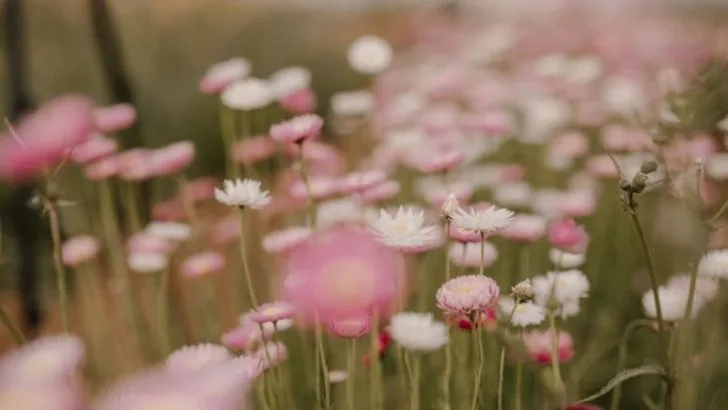I used to think of wind as a nuisance—something to block, avoid, or simply endure in the garden. But over time, I noticed my plants responding to it, not just surviving it. Some leaned into it. Others curled, flattened, or danced. And some absolutely thrived in its path.
That’s when I stopped resisting and started designing with wind, not against it. I began mapping breezes, observing how airflow shapes growth, pollination, scent release, and even pest patterns. Suddenly, the invisible became a powerful tool.
In this article, I share how understanding wind as an active element—not just a force of destruction—can lead to more resilient, dynamic gardens. Let the air move, and let your plants teach you how to move with it.
The Whistling Leaves

The gentle rustle of leaves in the wind isn’t just a soothing sound; it’s a message. Leaves dance not only for beauty but also to minimize damage from strong gusts. By moving with the wind, they reduce their surface area, lessening the force’s impact. This natural flexibility teaches us to design structures that sway rather than resist. It encourages us to see movement as strength, not weakness. Designing buildings with elements that mimic this adaptability can lead to more resilient architecture. So next time you hear leaves whistling, think of them as nature’s architects.
The Resilient Trunk
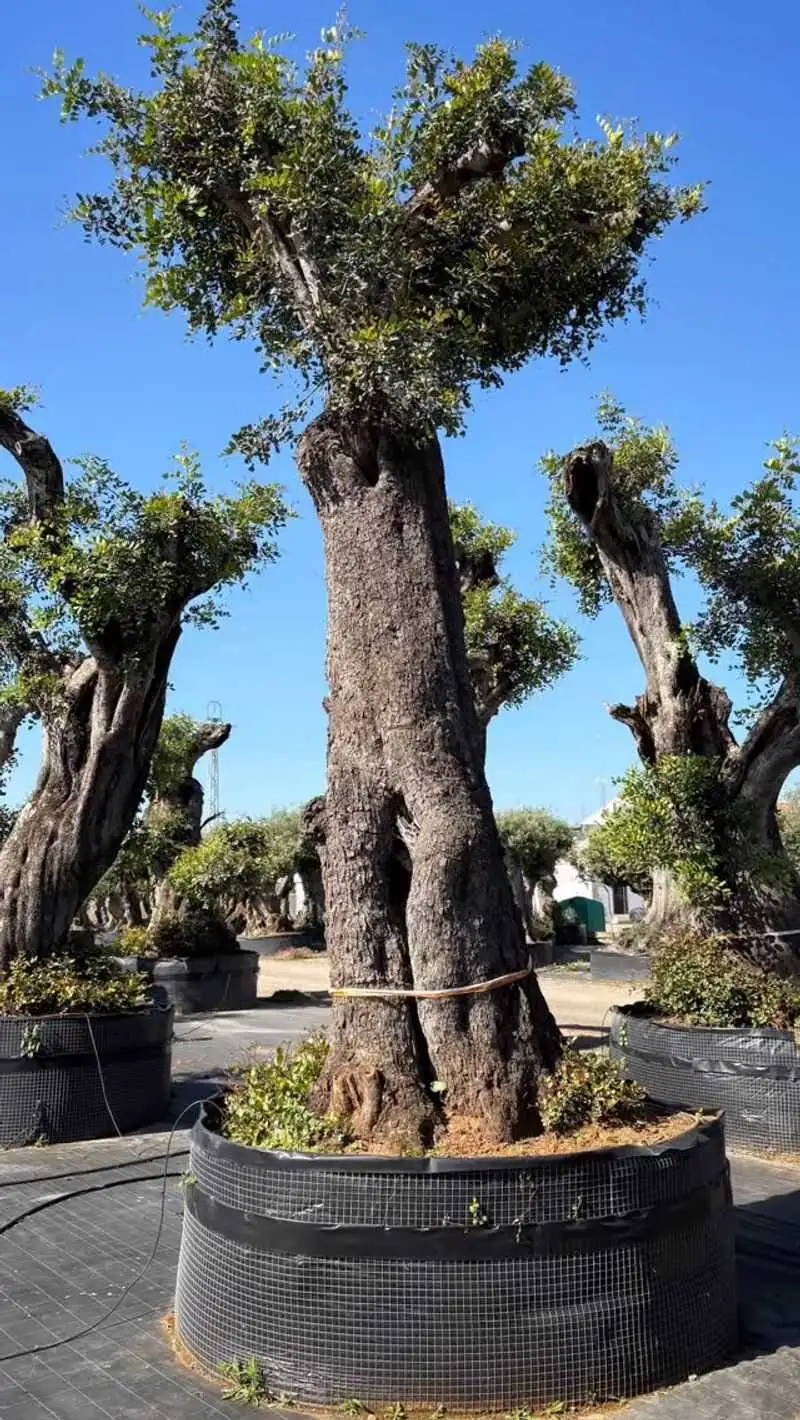
In the face of relentless winds, it’s not the tallest tree but the one with the strongest trunk that stands firm. Trunks are built to withstand the pressures of the wind, teaching us the importance of having a solid foundation. In design, this translates to ensuring that core structures are fortified to handle environmental stresses. The tree’s trunk is a testament to resilience, reminding us to prioritize strength where it matters most. When designing, think like a tree: balance flexibility with unyielding strength at the core.
The Seed’s Journey

Seeds use the wind to embark on journeys far beyond their origins. This effortless travel demonstrates how harnessing invisible forces can lead to unexpected opportunities. In design, incorporating elements that allow for natural flow and movement can open new possibilities. The seed’s journey is one of exploration and change, inspiring us to think about how spaces can evolve. Designing with the wind in mind encourages growth, adaptability, and exploration. Just as seeds transform landscapes, wind-aware designs can redefine our built environment.
The Protective Canopy
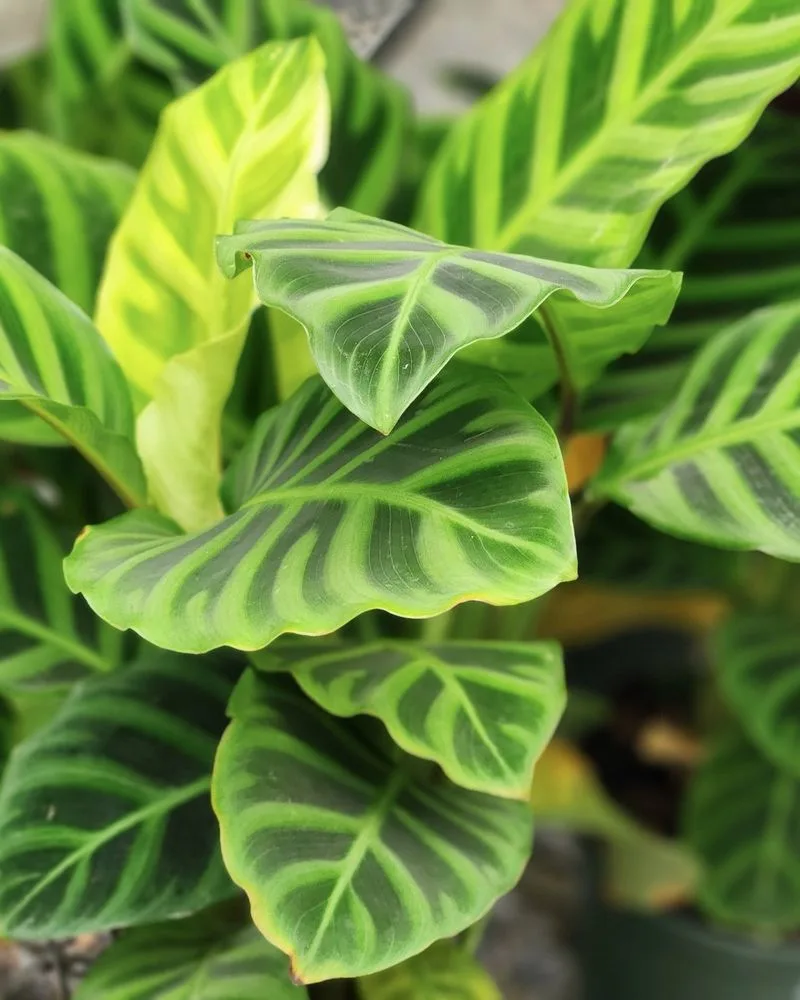
Canopies offer protection from harsh winds, creating microclimates beneath them. This natural sheltering system is a lesson in designing spaces that offer refuge and comfort. In urban planning, integrating elements that shield from wind can enhance the livability of spaces. The canopy’s role goes beyond mere shade; it creates a sanctuary from the elements. By observing how plants create protective layers, we can design environments that offer both beauty and functionality. The canopy reminds us that protection and aesthetics can co-exist harmoniously.
The Dancing Grasses
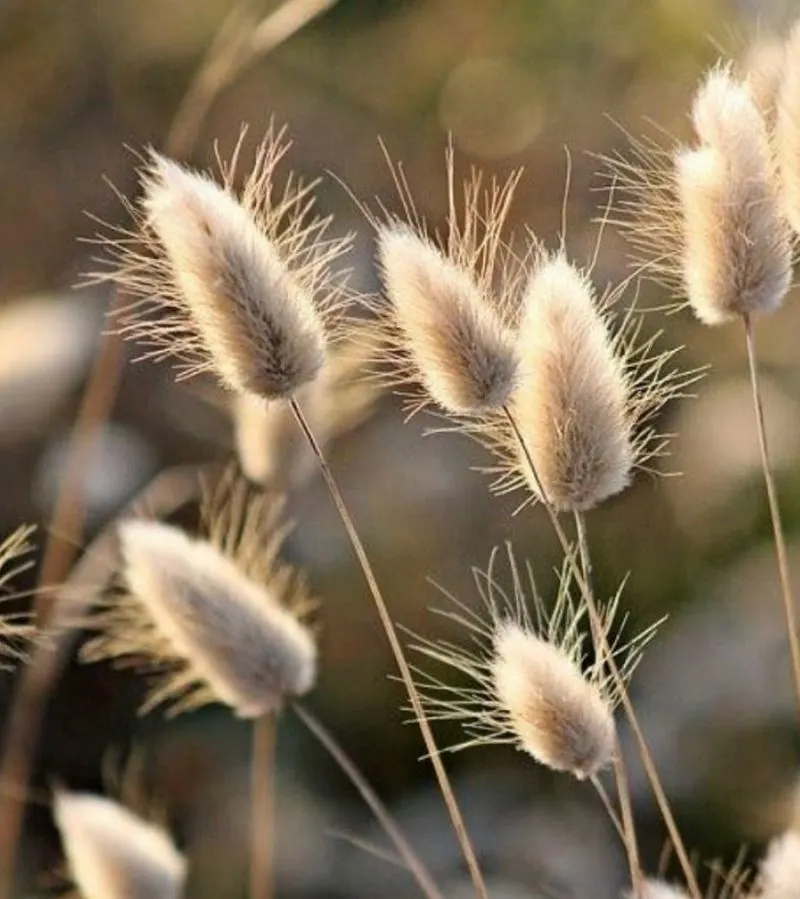
Grasses dance to the rhythm of the wind, a graceful display of unity. Their movements are in perfect harmony with the forces around them, teaching us about fluidity in design. Implementing flexible materials and structures that interact seamlessly with changing conditions can result in spaces that feel alive. This synergy between form and function is a crucial aspect of sustainable design. The dancing grasses inspire us to create environments where every element moves in concert with nature’s forces, offering a dynamic and engaging experience.
The Whispering Branches
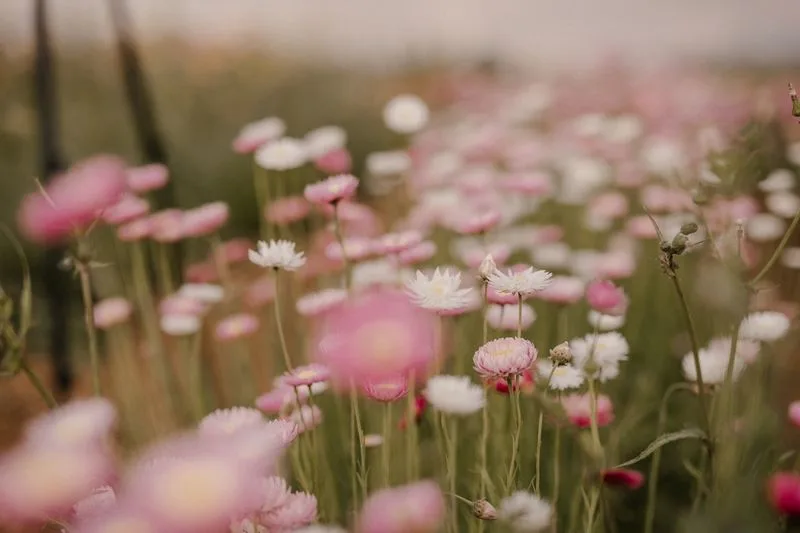
Branches that sway and whisper in the wind tell tales of balance and poise. They show us how to maintain equilibrium while embracing change. In design, this translates to creating spaces that adapt gracefully to their surroundings. Incorporating movable components or flexible layouts can enhance resilience and aesthetic appeal. The whispering branches remind us to listen to the subtle cues of our environment. Embracing movement and adaptability in design leads to spaces that are both functional and harmonious with nature.
The Evergreen’s Secret
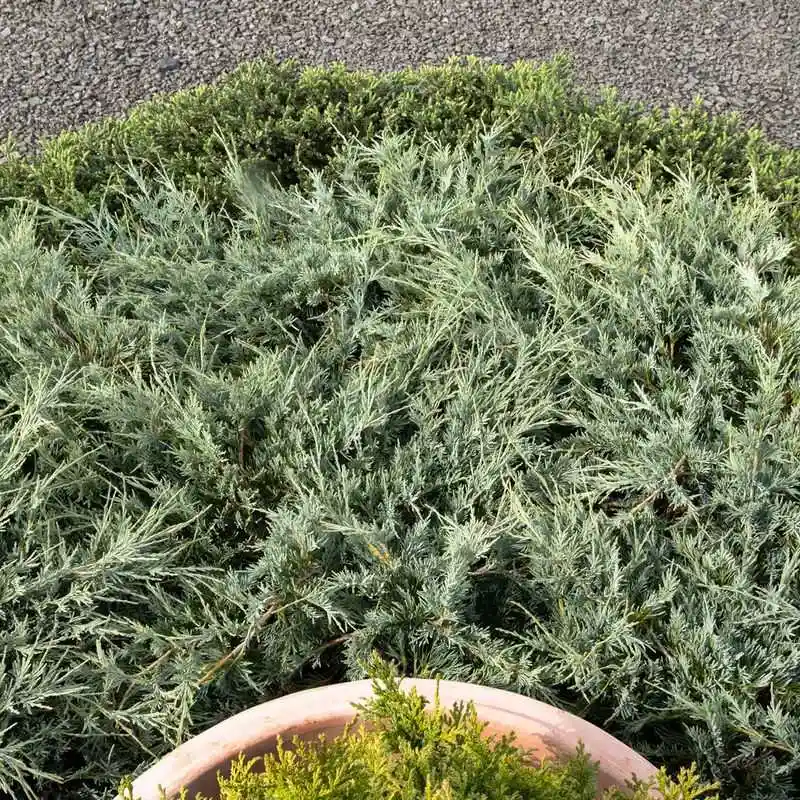
Evergreens stand unyielding in harsh winters, their secret lying in their aerodynamic shape. This design reduces wind resistance, allowing them to withstand extreme conditions. Their form teaches us about efficiency and endurance in design. By considering airflow and resistance, we can create buildings and structures that remain sturdy through adversity. The evergreen’s example is a lesson in achieving strength through thoughtful design. It inspires us to craft spaces that are both enduring and in harmony with their natural context.

